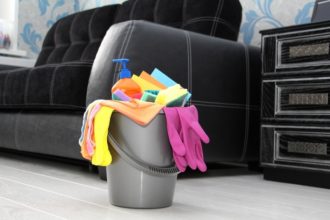How to Fix a Gurgling Toilet
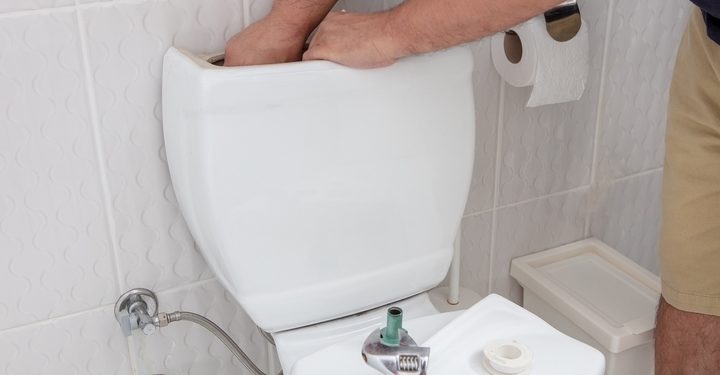
A toilet gurgling isn’t a fun sound. It’s bothersome and concerning. What to do when your toilet gurgles start with identifying the cause. Any gurgling coming from the toilet could signify a large problem, and there are several possibilities.
Annoying noises shouldn’t be left alone. That’s hopefully the takeaway of this article because there is always a reason a toilet will make noise. The faster you find it, the less potential damage you face.
Here is how to fix a gurgling toilet:
What is toilet gurgling?
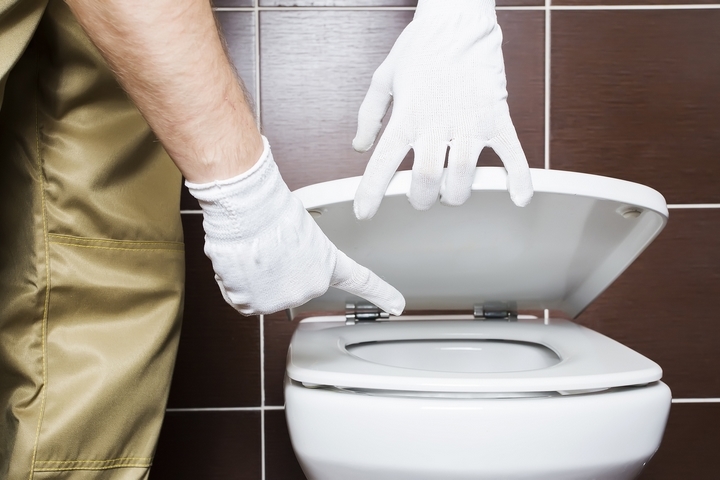
Your toilet is a drain. When it’s functioning correctly, air flows freely through the pipe. The air is there to prevent negative air pressure, and in turn, all waste runs down and out of the home. However, a gurgling sound is a sign of suction building in the line.
There is negative air pressure there, and eventually, it releases and pushes the air backward through the drain pipe coming up into the toilet bowl. This could be represented in gurgling noise, some bubbling in the water bowl, and even the toilet flushing itself.
What causes gurgling toilet noises
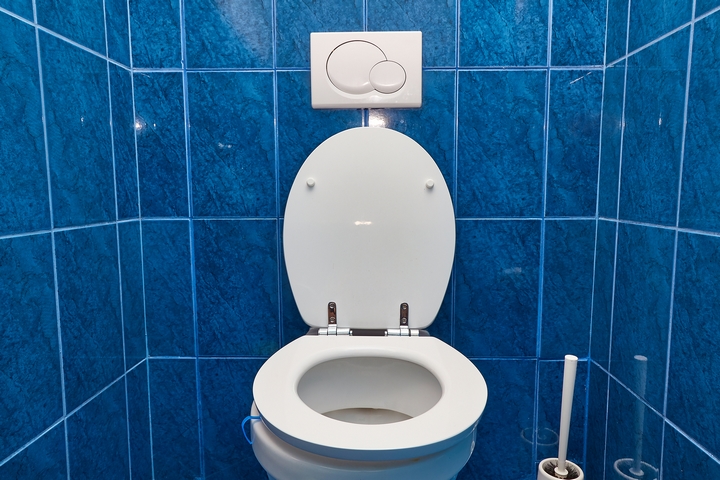
There could be several reasons for gurgling in the toilet, but four likely possibilities are.
- There’s a clog in the toilet.
- There’s a clog in the drain line somewhere.
- There’s a blockage in the vent pipe.
- There’s a problem with the municipal sewer main that’s causing trouble on your property.
You may not need a plumber to fix a gurgling toilet. Often, a homeowner can do it sans assistance, depending on the severity of the clog and where it is. If the clog is close to the toilet and not further down the main sewer line, this is something you don’t need a plumber for.
If it’s something like a broken or collapsed sewer line, then you must call a Hamilton plumber. Don’t neglect a toilet making noises. Otherwise, this can lead to waste backing up in your toilets and the bathtub and shower.
Use a plunger to dislodge a toilet clog
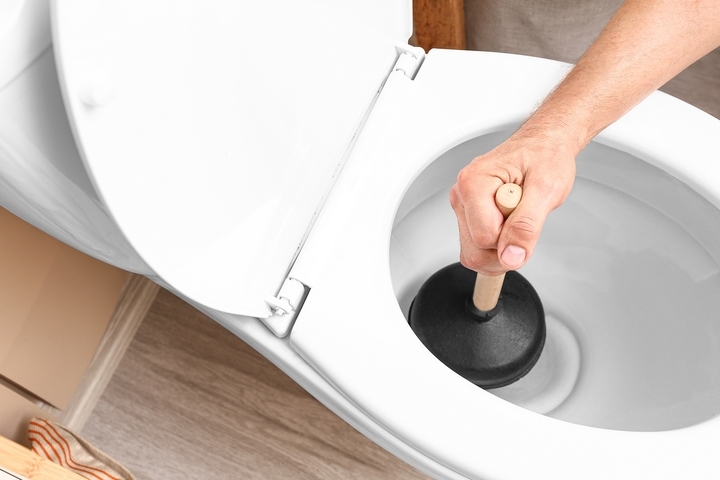
Before using a plunger, make sure that nothing like a children’s toy or something’s been placed in the drain. These won’t dissolve in water and are a hazard anywhere in one’s plumbing. After you’ve confirmed this isn’t what’s happening, take a plunger. Cover the drain hole. Pump it 10-20 times. See if this dislodges the blockage that’s in your line.
A plunger is cheap and will use air pressure to move further down the blockage. This simple movement can help surround it with water, helping with it dissolving and sending buildup out of your system.
Use a toilet auger or drain snake
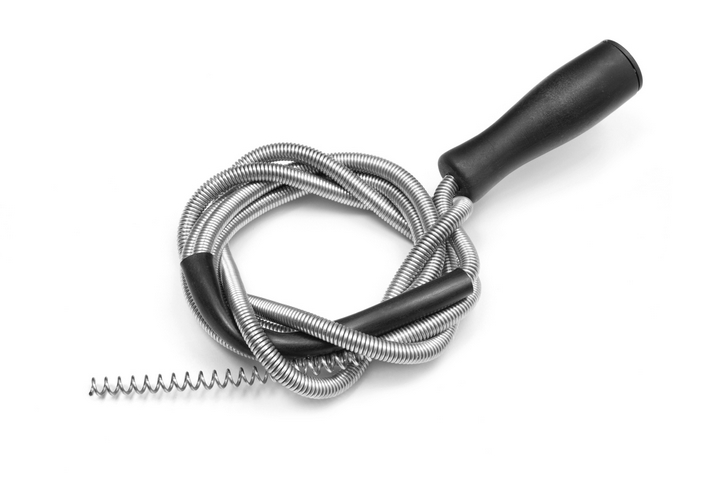
If plunging hasn’t fixed the issue, next on the list is to use a toilet auger or drain snake. These are generally meant for smaller drains, such as the bathroom tub or the sink. That said, they’ll work in any drain. A plunger is meant for moderate clogs, but an auger is probably what to do for tougher clogs.
An auger is a long cable with cutting blades that can chop through what’s there. They come in hand-operated and motorized versions. However, can be expensive. The cost is something you have to weigh and compare against hiring a plumber.
Be careful with what you flush in the toilet
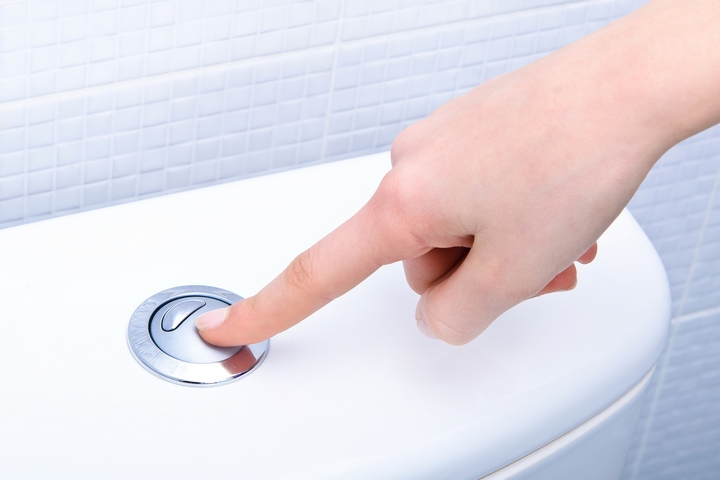
How to fix a gurgling toilet, in part, is making sure it doesn’t happen again. A toilet shouldn’t be used to flush waste that cannot disintegrate. Paper towels, cigarette butts, feminine hygiene products, condoms, and ‘flushable’ wipes should never be put into your toilet. This is typically what causes blockages.
Even products marketed as ‘flushable’ should not be put into the toilet. These products often fail to disintegrate in the water quick enough as they’re passing through the drain line.
Check your vent stack
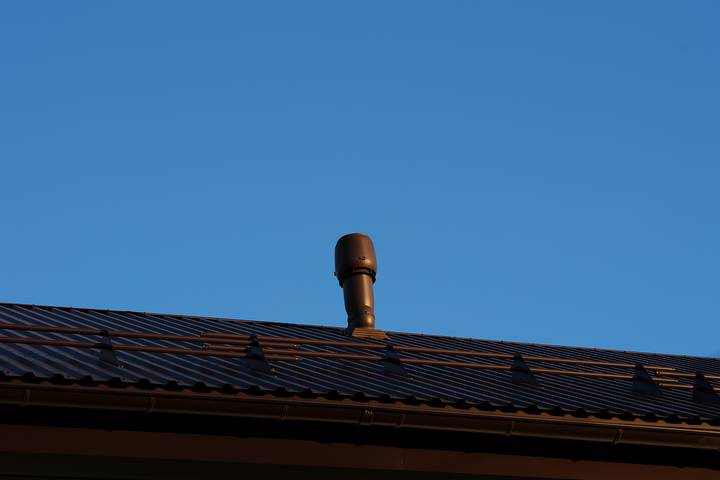
A plumbing system is fairly complex. An ample supply of air is needed to prevent air locks in the pipe. While normally, the gurgling issue is a blockage, at other times, it can be from airflow restricted from the vent stack. You will have to get on the roof to check the vent stack. This may necessitate calling a professional.
The DIY alternative is to tape a flashlight to the rope’s end, placing it in the uncapped pipe. If there’s a clog within 8-10 feet, you will see it. This can occur from leaves, organic debris, or a small animal becoming stuck in the pipe.
To dislodge a vent clog, a straightened-out wire coat hanger can do the trick or running water from a garden hose into the pipe will wash the clog down the pipe and out the sewer line.


